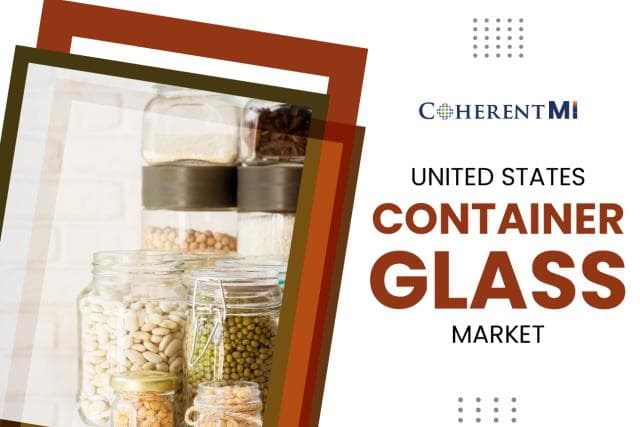Glass Containers' Journey from Furnace to Retail
Container glass production in the United States originated over a century ago during the industrial revolution. Early manufacturers discovered that glass was a versatile packaging material suited for food, beverages, and household products. With growing demand, the container glass industry expanded and advanced technology to improve production methods. Today, container glass remains popular for its sustainability and high quality while also meeting stringent health regulations. Let's explore the history and manufacturing process powering this ubiquitous packaging material.
Origins in American Industry
The container glass industry emerged in the late 19th century alongside advancements in glass melting technology. Some of the earliest American container glass plants opened in the 1880s along the Ohio River Valley which provided affordable energy and transportation advantages. By the early 1900s, mass production methods using automated bottle-making machines boosted output and availability. During World War I and II, container glass makers contributed to war efforts by supplying medical glass and food containers for troops overseas. Post-war economic growth fueled increased consumerism, driving further container glass expansion nationwide.
Raw Material Sourcing and Preparation
Container glass production starts with sourcing key raw materials- soda ash, limestone, dolomite, cullet, and colorants. These are carefully blended in precise ratios depending on the desired type and color of glass. Cullet, which is recycled glass, goes into around 30% of new glass to reduce raw material needs. Next, the mixed batch ingredients undergo refining processes to ensure any impurities are removed before melting. Some facilities may receive and prepare raw materials while others obtain pre-processed batch materials from suppliers.
The Melting Process
The mixed batch materials are fed into large gas-powered furnaces, typically operated continuously 24/7. Natural gas flames melt the batch at over 2,600°F to create molten glass. Sophisticated furnace control and technology maintain an even temperature and homogeneous glass composition. Additives are sometimes included in the molten glass batch to alter properties for different end uses and regulations. For example, colorants impart distinctive shades and opacity while fining agents minimize air bubbles in the final product.
Forming, Cooling and Annealing
From the furnaces, molten glass flows into computer-controlled forming machines. Based on orders from customers like beverage firms, the machines blow, blow-and-blow, press or otherwise form the glass into bottles, jars or other containers within fractions of a second. Air pressure or molds shape the glass which is then cooled in a lehr or annealing oven. Carefully lowering the temperature avoids stresses that could cause glass breakage. When fully cooled, quality inspectors check containers before packing.
Finishing, Packaging and Shipment
Neck rings may be applied to threaded bottles while non-food containers receive closures or lids. Containers are automatically inspected, cleaned, dried, coded and sorted on high-speed lines. Pallets or boxes pack full truckloads of clean glassware which leaves facilities within a day or two for distribution. From there, containers proceed to fillers to be filled with products humans consume globally every day. After use, empty containers begin their journey back for potential remanufacturing in the circular recycling process.
Quality and Environmental Standards
Modern container glass plants achieve high recycling rates while operating safely and cleanly. Strict emission controls manage air and water discharges to protect surrounding communities. Quality programs adhere to Good Manufacturing Practices plus standards of groups like the FDA. Customers including Coca-Cola rely on suppliers' testing, certification and traceability systems. Container glass production has lower energy usage than alternative packaging, avoiding millions of barrels of oil equivalent annually. As long as recycling remains widespread, glass will sustainably support consumer products, food, and beverage industries for years to come.
In Summary
Over a century after its inception, the container glass industry remains a foundation of American manufacturing with economic impacts nationwide. Advanced today with automated technology, container glass production meets heightened quality demands while relying on cullet to minimize raw materials. As interest grows in sustainability and recyclability, container glass aptly serves diverse packaging needs. Through continued innovations supporting its circular system, the industry will likely remain a staple for years ahead while responsibly serving communities.
